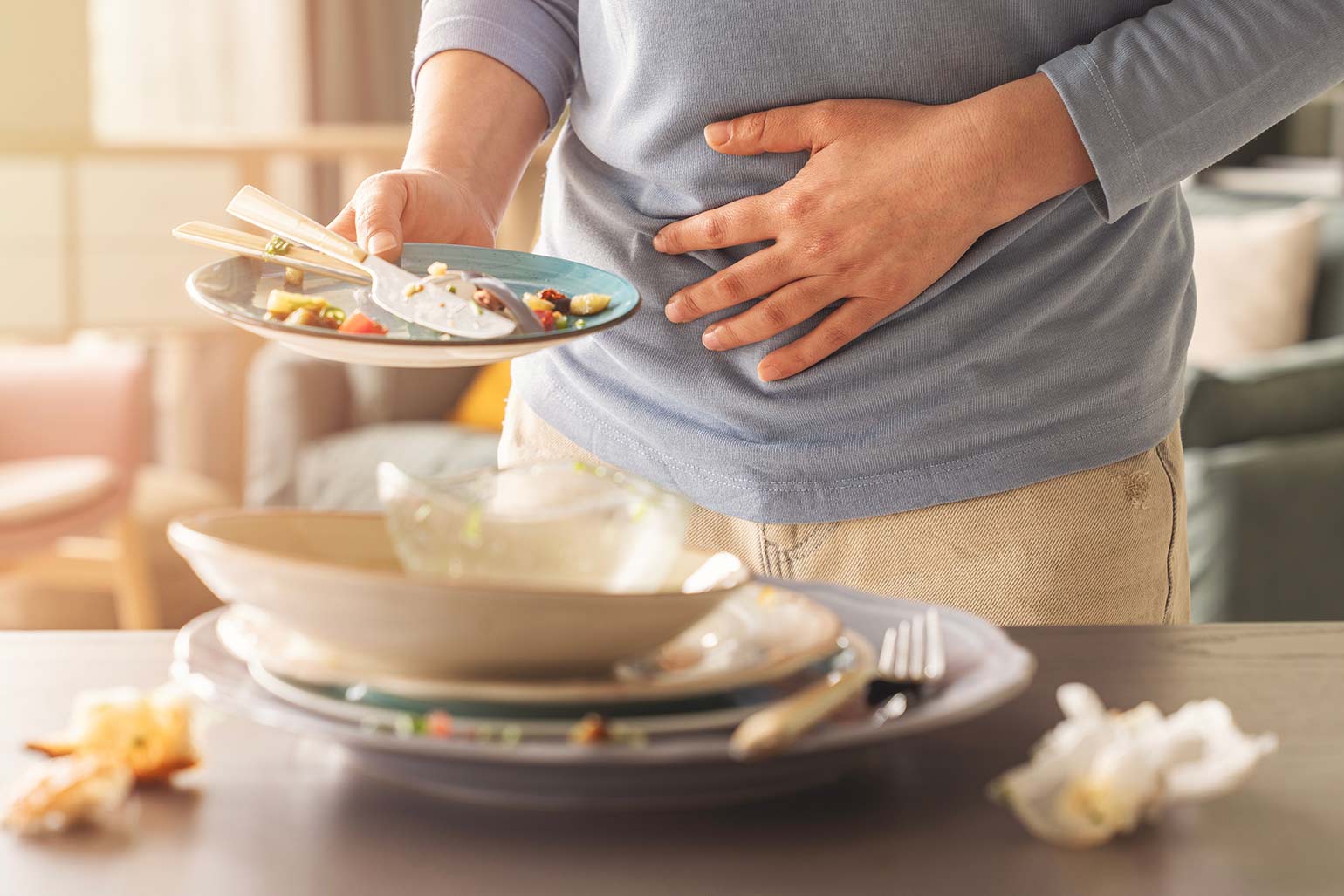In introducing various aspects of food culture, we must inevitably mention “Food poisoning diseases”. We have introduced many aspects of Japanese food culture on this site. Japanese food culture is quite broad, and that is one of its charms. However, there are still a few things to be aware of due to the breadth of the culture. That’s about food poisoning diseases. Every year, there is rather a lot of news about food pod poisoning disease in Japan. In Japan, where “eating raw” is a common food culture, food poisoning disease has always been very familiar. In “eating raw”, the most important way to avoid food poisoning disease is to preserve the freshness of the food. This has encouraged the development of food preservation and transportation methods. However, even with today’s highly developed preservation and transportation technologies, food poisoning diseases are still an issue that needs to take care of. Even heat-treated food can spoil if it is poorly cooked or if time elapses after cooking. If we eat such food, there is of course a risk of getting food poisoning disease. Even though they are everyday food culture for us Japanese, we need to be very careful about them on a daily basis. Therefore, we would like to ask all of you from overseas to be even more careful about the food poisoning diseases. Incidentally, getting food poisoning is often described as “Ataru” in Japanese. (※”Ataru” is similar in meaning to the English verb “get”.) Food poisoning diseases is also called “Syoku-Atari” in Japanese. In this article, we would like to introduce food poisoning diseases in Japan.
Anisakiasis
Anisakiasis has more often than not come up as a problem in recent years in “eating raw”, one of the characteristics of Japanese food culture. Anisakis is a parasite that lives in seafood. When we eat these anisakis alive along with seafood, they may attempt to invade the walls of internal organs in the stomach and intestines. Anisakiasis is caused by this. The main symptoms are severe abdominal pain and vomiting. The vomiting is characterized by the fact that the vomit is only gastric juice and there are no diarrhea symptoms, which is different from common food poisoning. The number of cases of food poisoning caused by Anisakis has been on the rise in recent years, surpassing those caused by Campylobacter and Norovirus. Of course, the best way to prevent this is to avoid “eating raw”, but… There is a proper plan B. Anisakis can be killed by freezing food for a long time (at least 24 hours at -20℃ or lower, according to an index by the Ministry of Health, Labor and Welfare) or by heating it at 70℃ or higher for at least 1 minute. The vendors who handle fresh fish products, etc., are properly conducting these treatments and inspections using ultraviolet light, etc., to remove the product. However, there are still several cases of anisakiasis food poisoning each year, whether the food is purchased from supermarkets and cooked at home or served at restaurants. It’s still difficult to completely remove/kill them. Note that if you are allergic to anisakis itself, you will develop an allergy if you ingest it even if the anisakis is dead.
Campylobacteriosis
It is a form of bacterial gastroenteritis caused by infection with Campylobacter spp. and is very common in foodborne illness. Although the chance of onset is very high, the disease is rarely serious and often resolves spontaneously. It is said to be often caused by eating raw or undercooked meats or vegetables, and by consumption of contaminated drinking water, among other factors. The main symptom is gastrointestinal enteritis, with fever, abdominal pain, and diarrhea. Since Campylobacter spp. are detected in the feces of animals and birds that harbor them, it is important as a precautionary measure to thoroughly wash and heat (at least 60℃ for 1 minute) food on which the bacteria are present. In addition, since there are not a few opportunities for contact in daily life, frequent washing of hands and fingers before meals is also effective.
Norovirus disease
Norovirus disease is another well-known cause of gastroenteritis in Japan. Diarrhea, vomiting, stomach pain, and abdominal pain are the main symptoms. Since it is a viral infection, it is known that it can be transmitted from person to person through direct or indirect contact (including airborne transmission). It is often reported as a cause of mass food poisoning in Japan. It is difficult for those who have their food served to prevent this food poisoning because it is often caused mainly by poor food hygiene management on the part of the cook (inadequate cleaning/sterilization of fingers, cooking equipment, and food). Since the incubation period before the onset of the disease is relatively short, within one to two days, if you feel ill as described above, be careful about contact to prevent transmission to others.




